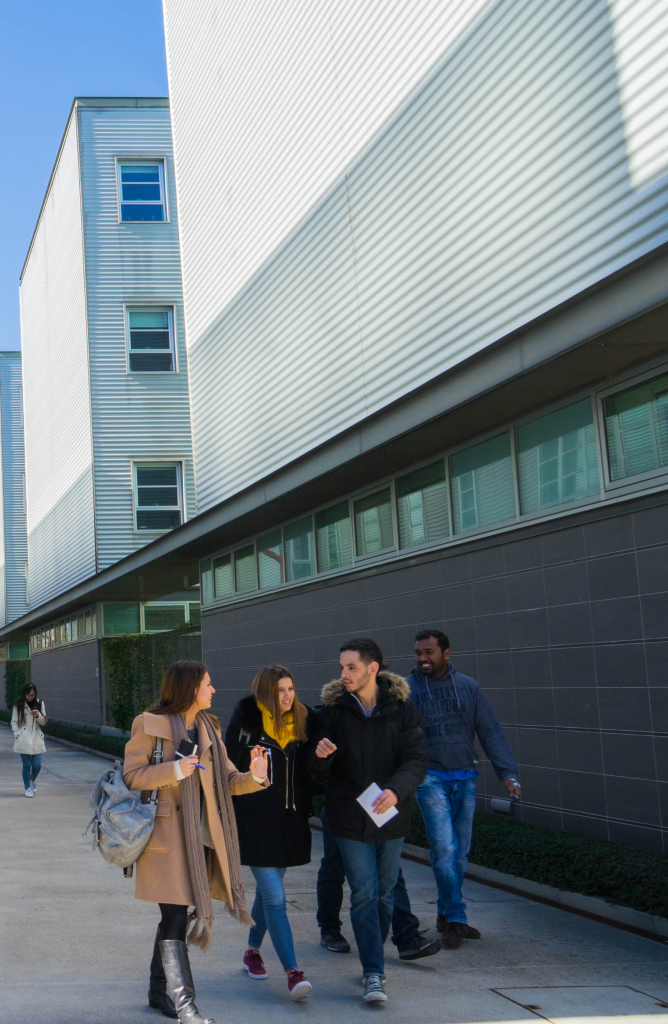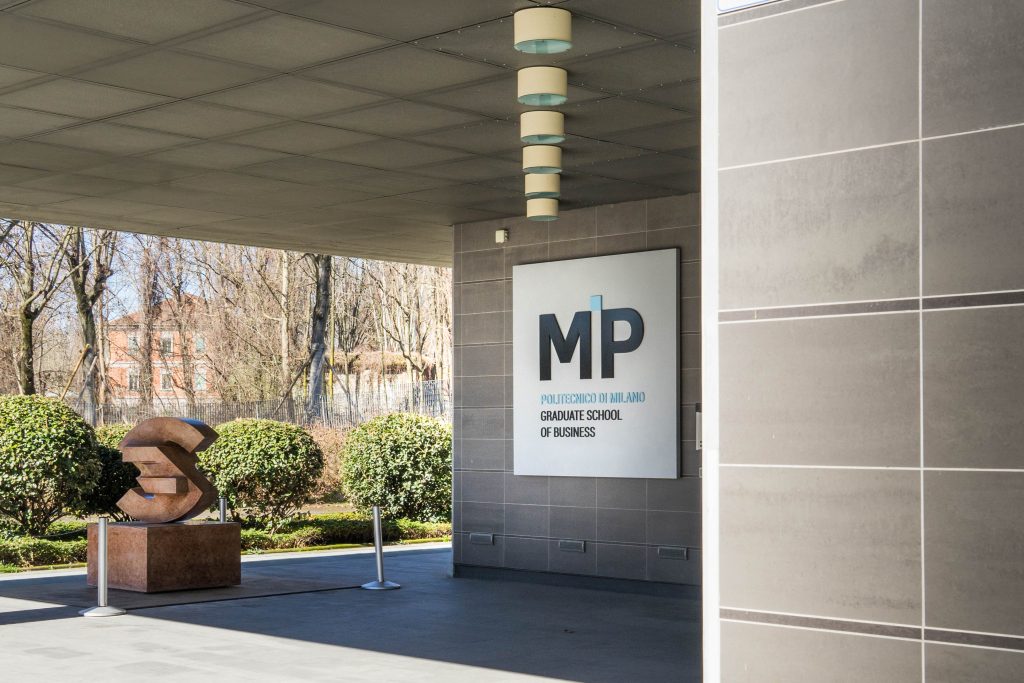MvdB: Working at a company like Microsoft, I see that these soft skills start to become hard skills. We have this concept of growth mindset that puts learning at the center. Could FLEXA be used to educate people within organisations to help them with their professional development, versus an academic setting?
AS: We have structured the release of FLEXA over three different waves. The first wave is targeting the individual – the students and the alumni. The second wave is an intermediate wave which is starting in the communities. The third wave which will be ready in a year, is targeting corporations. The idea is that by using FLEXA, they can share knowledge and best practices among their employees, and this is something that is designed for, on the one hand, individuals who have a desire to advance their careers.
Going back to soft skills, it’s true that they are becoming hard skills – you have to be able to lead from behind. This is something that will remain as a soft skill.
MvdB: I believe that if your audio and video don’t match, between what you say and what you do, then your leadership style will be obsolete soon. I think that that small things every day lead to big things longer term – that’s how the soft/hard skill combination becomes the driving force of change.
What is the advice you give to young people about the AI solutions that will be with us for the rest of our lives?
AS: Many children studying now, in the future, are likely to have a job that today does not exist, which makes giving advice difficult. I believe that learning models are more useful than techniques. My advice is to be hungry of learning models – try to go back to the basics.
MvdB: Can you give an example of a learning model?
AS: The learning model is the approach that you adopt in order to improve your knowledge. For example, a learning model for studying Chinese involves visualising symbols, and linking these symbols to meanings. For English, the model is different. If I read an English word, it can be immediately translated into another word in Italian. There is a one to one relationship between what you read and the result of the translation, whereas if you study Chinese it’s an end to end relationship.
MvdB: It’s up to leaders to give people the direction that they need to go – but it has to start with yourself. My theory is that if you cannot lead yourself in times of change then how do you lead others in times of change?
AS: During transformation, you need to have external support. I wouldn’t be able to change my leadership style without external coaching or influence.
MvdB: Leaders can’t just tell people to do things differently, because every person is different. What I see starting to work is that the combination of leadership and cultural change really becomes a force for enablement and for people to feel empowered that they can make this change.
AS: Values and context are important. For example, at my school, innovation is in the DNA of most of the people. This makes it easy to be attracted to innovation. As leaders, we should be ambidextrous – we should be able to be contemporary, innovative, and at the same time be able to manage the day by day operations. This is what is very difficult. There are some things that require a standardised approach, while some other topics, on the contrary, require the courage to jump into something that is unknown.
 MvdB: Everybody is learning this now – there is no playbook. In the past, everything was about the what, and now it’s the what and the how. How do you make people successful in doing the what and the how – this is a very important topic.
MvdB: Everybody is learning this now – there is no playbook. In the past, everything was about the what, and now it’s the what and the how. How do you make people successful in doing the what and the how – this is a very important topic.
Coming back to FLEXA, how was this idea born? How did you come about working with AI?
AS: Our customers – the people attending the course – are basically asking two things of us. One, is how we can accelerate their career. The other, is how we can fill their specific individual skillset gaps, that are different to the rest of their classmates.
To meet these needs, it’s necessary to move to a more customised learning experience. When we started to think about how we could implement this idea, we immediately realised that it was not affordable with traditional approaches – it was not possible to do one-on-one teaching – so we leveraged technology.
At first we felt our idea of learning was too futuristic, but on the contrary – we couldn’t accurately determine the feasibility or the technologies needed in order to implement it – so we discussed it with Microsoft, and discovered it was possible. It was a profound moment.
MvdB: How do you combine honouring the past with embracing the future? I think that FLEXA is a great example of this, but how do you think about this longer term? How do you ensure that you are in both worlds?
AS: In Italy, we have been exposed since the beginning of our lives to this combination of arts, culture, and technology. We are used to working together with designers, architects, and scientists. I think that this combination is unique in our country and in our school, so combining technology with arts culture and management is something that I think will survive.




